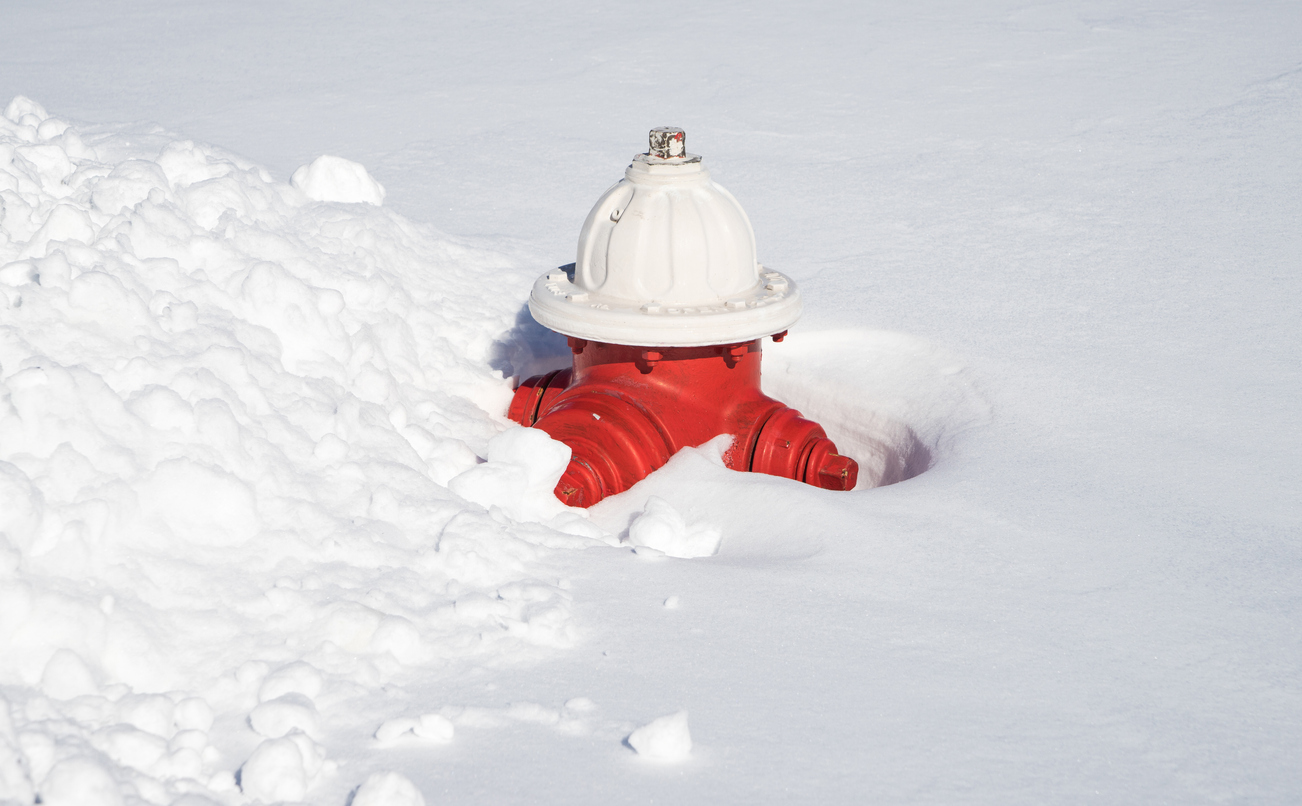
With winter weather settling throughout the country, members of fire services have to brave the elements while trying to get their job done. From heavy snowfall to drizzling sleet to downright frigid temperatures, community firefighters have to brace for more than having to fan any flames. However, the hazards and complications of winter firefighting can be met head-on by fire departments that develop a basic understanding of those risks and conditions, preparing for them well in advance.
Responding Safely to Calls During Winter
Ensuring safer responses to firefighting calls during cold weather months starts with ensuring that the fire truck and all its instruments are in top operating condition. Firefighters need to be familiar with window defrosters, brake retarders, and heat vents on their trucks.
Next, they should coat the threads of port caps with antifreeze to help prevent them from freezing without damaging gaskets. Daily tasks should also include regular vehicle checks to look for things like leaks.
When it comes to arriving on a scene, firefighters should be aware of their surroundings on the road and prepare for increased stopping distances, decreased visibility, and unpredictable drivers around them. Those driving the truck should proceed with more caution than usual during winter weather to ensure that all aboard are safe while making turns, driving through traffic, and arriving on the scene.
On the Scene
Once firefighters arrive, the company officer needs to make critical decisions when it comes to tactical positions. Are additional lengths of hose needed to connect to the building? Are there hazards in the way? Can the teams access all sides of the building?
Firefighters should ensure hydrants are accessible after severe winter storms before they freeze by checking on them and clearing any snow. Once the water begins flowing, engine companies need to keep water moving in hoselines, ladder pipes, pumps, and valves, preventing them from freezing over. Stagnant water can freeze, but water won’t freeze if enough movement is involved until the ambient temperature reaches under negative 40 degrees.
Preventing Firefighter Injuries
The potential to slip and fall rises for firefighters having to contain a scene during winter. From snow to rain, sleet to slick sidewalks, firefighters have to move fast on unruly surfaces while doing their job. Departments should employ removable cleats or spikes that slip over boots to help grip the ground and carry sand and road salt to put on the ground once a company arrives.
Another majorly overlooked way of protecting themselves on the job is to stay hydrated to prevent cold stress. This needs to occur before responding to an incident to ensure that firefighters’ bodies are working at their best. Our bodies’ functions do shut down when temperatures drop, and even though firefighters have to wear heavy layers, chilly weather can still cut through, especially when not hydrated. During work cycles, firefighting personnel should drink a quart of water per hour.
Departments need to consider the elements in multiple ways when preparing for future calls. While the goal should be to quell the purpose of their call, such as a fire or flood, it’s essential to take steps to keep themselves, their tools, their truck, and those around them as safe as possible.
About Provident FirePlus
At Provident FirePlus, we offer custom-tailored packages to best protect firefighters and volunteer firefighters. We understand the risks that emergency response teams are subjected to on a daily basis, and have worked to serve these dedicated professionals for over 87 years. For more information about our products and policies, we invite you to contact our experts today at (855) 201-8880.

